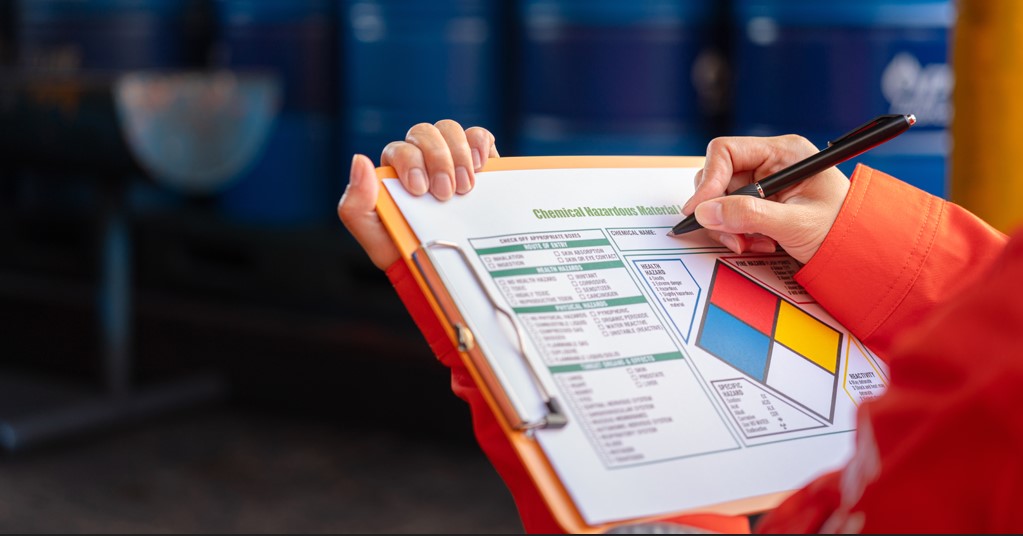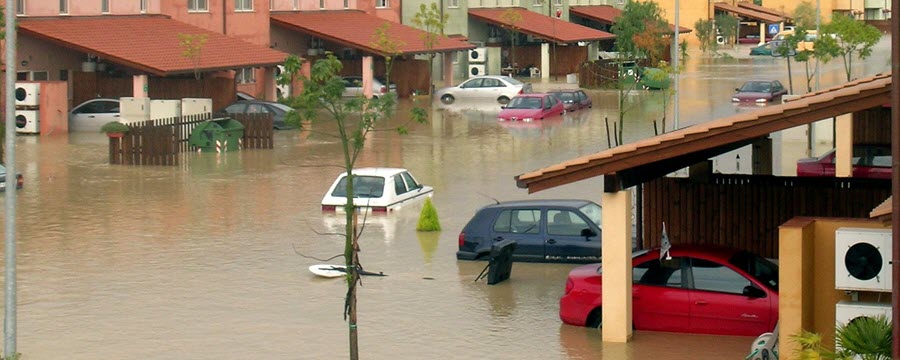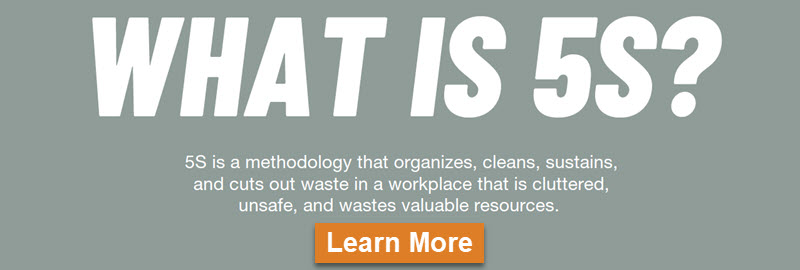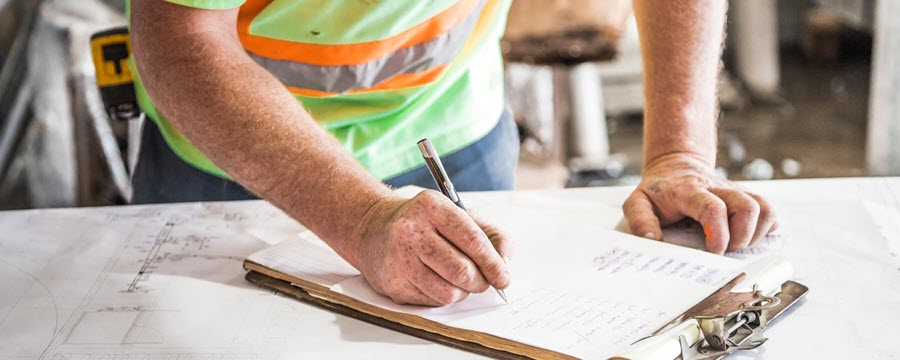
Disaster Clean-up Safety Tips

Disasters happen every year. Whether they are fires or explosions in a business, hurricanes along the coast, severe storms and tornadoes across the plains or deadly wildfires in the west, the aftermath of any disaster presents a whole new list of hazards for those who work to clean up the damage.
Following these four disaster clean-up safety tips from the CDC will help prevent further injuries – or loss of life – as teams and individuals work to clean storm damage at homes, businesses and communities.
1. Start with the Right Safety Gear
Emergency clinics and hospitals are often at maximum capacity following a natural disaster. Planning to stay safe while working on disaster clean-up can help keep you from joinng the list of injured people waiting for treatment. Recommended safety gear includes:
- Hard hats
- Goggles
- N95 masks or a respirator with a higher protection level
- Heavy work gloves
- Waterproof boots with steel toe and insole
- Earplugs or protective headphones if you’re working with noisy equipment
- Fire extinguishers with a UL rating of at least 10A
If sewage is involved, wear:
- Rubber boots
- Rubber gloves
- Goggles
2. Pace Yourself
Even with proper protective equipment, the physical and emotional strain of disaster clean-up work takes a toll on workers and volunteers. Safe disaster clean-up can take a very long time, so it’s best to work slowly, steadily – and safely.
- Prioritize cleanup tasks and focus on those tasks first
- Use teams to move heavy or bulky objects
- Avoid lifting any material that weighs more than 50 pounds per person
- Rest when you need to
- Work with other people so you aren’t alone
3. Use Chainsaws Carefully
Chainsaws are powerful tools that can be invaluable during disaster clean-up. But they also present several hazards. If you’re not comfortable with a saw, leave that work for someone with experience.
- Always follow manufacturer’s instructions
- Always use personal protective equipment (PPE), such as head, hearing, hand, eye and foot protection
- Wear close-fitting, long-sleeved clothing
- Do not trim trees during dangerous weather conditions
- Assume that all power lines are energized and can electrocute a person at any time
- Beware of injury when bent trees or branches release
- Never turn your back on falling trees
- Take extra care when cutting trees or branches that are bent or caught under something else
4. Work Safely in Hot Weather
Water, rest and shade are keys to working safely in hot weather, whether on a construction site, road crew or disaster clean-up team:
- Drink water often
- Find shade and take a break when you feel fatigued
- Wear light and loose-fitting clothing (unless operating machinery)
- Review heat safety tips to recognize and be alert to the three types of heat-related disorders: heat cramps, heat exhaustion and heat stroke
Following these four disaster clean-up safety tips will help protect you and your crew as you assist disaster victims.
Additional Resources:
- Keep Children Safe During Disaster Cleanup
- Respiratory Protection when Entering Flooded Homes
- Basic Chainsaw Operations Fact Sheet from CCOHS
- Mold After a Disaster

